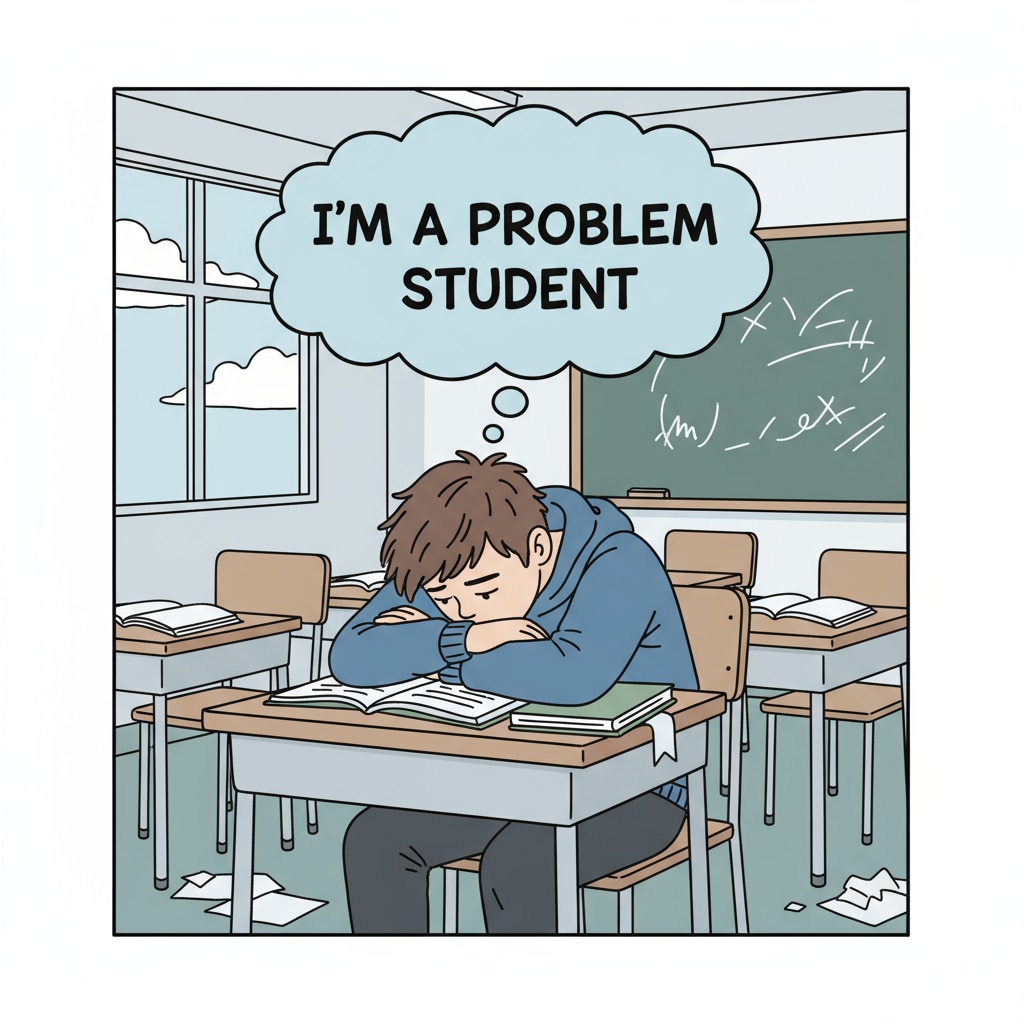School injustice, teacher bias, and labeling are issues that cast a long shadow over students’ educational experiences. In the seemingly idyllic halls of schools, these hidden problems can have a profound and lasting impact on young minds.

The Origins of Teacher Bias
Teacher bias can stem from various sources. Often, it is unconscious, influenced by a teacher’s own upbringing, cultural background, or stereotypes. For example, a teacher might assume that a student from a certain socioeconomic background is less likely to succeed academically. According to American Psychological Association research on implicit bias, these unconscious attitudes can seep into the classroom and affect how teachers interact with students. Teachers may give less attention to some students, provide fewer opportunities for participation, or set lower expectations, all of which are manifestations of bias.
The Power of Labels
Labels are like sticky tags that once attached, are difficult to remove. When a teacher labels a student as a “problem student,” it can create a self-fulfilling prophecy. The student may start to believe this label and act accordingly. As a result, their academic performance may decline, and their self-esteem can take a hit.

This labeling not only affects the individual student but can also influence how their peers perceive them. A study on the effects of student labeling on Education.com shows that labeled students often face social isolation within the school environment.
The long-term consequences of teacher bias and labeling are far-reaching. Students who are unfairly labeled may struggle to reach their full potential. They may be discouraged from pursuing higher education or certain career paths. In addition, the emotional toll can lead to mental health issues such as anxiety and depression.
Readability guidance: We’ve used short paragraphs to make the content more digestible. Each H2 has a clear focus, and we’ve incorporated external links for further information. Transition words like ‘for example’ and ‘as a result’ have been used to improve the flow.


